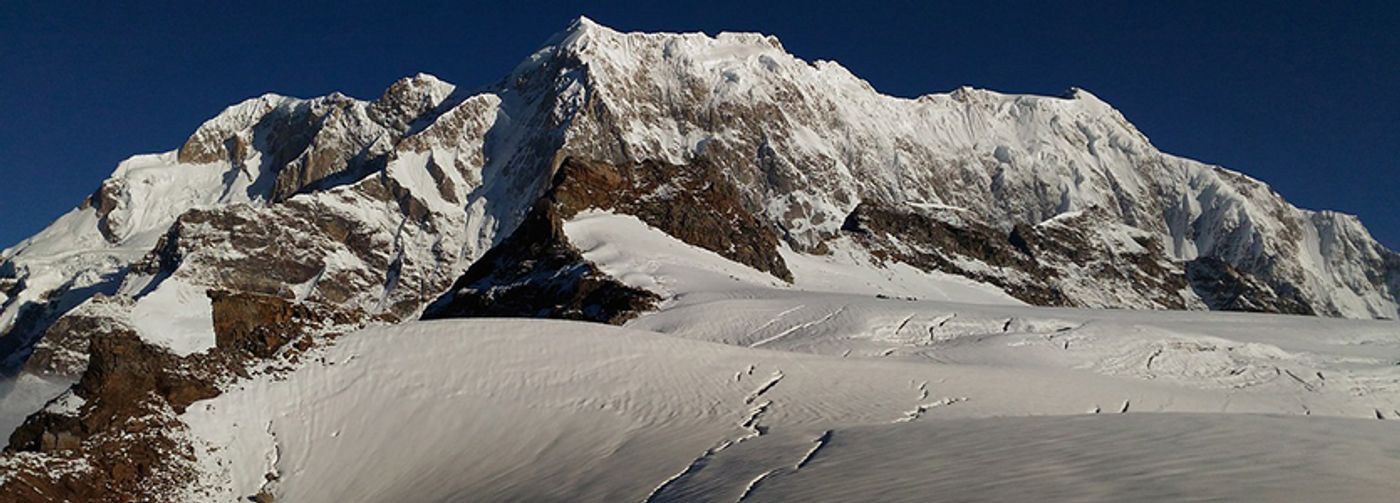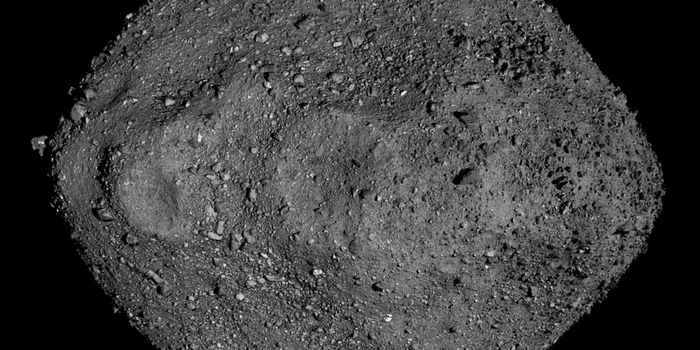Contamination from Industrial Revolution Discovered in Himalayan Glacier
Scientific studies are revealing just how humans have impacted the environment over the past few centuries. Recently, scientists from Ohio State University’s Byrd Polar and Climate Research Center published a study detailing the process by which humans altered one of the highest peaks in the Himalayas from thousands of miles away. According to an article from OSU regarding this study, an ice core sample from the Dasuopu Glacier shows atmospheric contamination starting around 1780, which corresponds to the onset of the European industrial revolution.
The results of this study were published earlier this week in Proceedings of the National Academy of Sciences. The ice core that revealed this information was taken in 1997 as part of a more extensive study. Ice cores provide a layered snapshot of what was occurring in the atmosphere at the time of freezing, including snowfall and atmospheric circulation. According to OSU, the Dasuopu Glacier is the highest-altitude site where an ice core has been obtained, and it provides a 500-year continuous climate record. The Dasuopu Glacier is 7,200 meters above sea level and nearly 10,300 kilometers from London, which was the birthplace of the European industrial revolution.
Scientists examined the ice in the core formed from 1499 to 1992 and aimed to determine the presence of 23 trace metals. As stated in the OSU article, their analysis revealed “higher-than-natural levels” of several toxic metals locked in the ice core around the 1780 mark. They believe that the metals were most likely from fly ash, which blew to the highest elevation in the Himalayas in winter westerlies.
The study also acknowledges that some of the metals may have resulted from deforestation in the 1800s and 1900s. Lead author and Byrd Center research scientist Paolo Gabrielli told OSU reporters, “What happens is at the time, in addition to the Industrial Revolution, the human population exploded and expanded. And so, there was a greater need for agricultural fields—and typically, the way they got new fields was to burn forests.” He noted that it is challenging to differentiate between human-made or natural forest fires.
In the OSU article, Gabrielli stressed the difference between “contamination” and “pollution.” He noted that while the levels of metals discovered in the ice core are higher than usual, they were not at poisonous or toxic levels. He said,” However, in the future, bioaccumulation may concentrate metals from meltwaters at dangerous toxic levels in the tissues of organisms that live below the glacier.”









